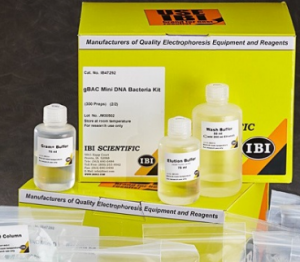Historical perspective
In 2006 the Chinese government decided they would be become the leading supplier of Biotech tool like Elisa kits. They started with 8000 PhD’s in Biotechnology in Wuhan. In 2012 Chinas turnover in Research Elisa kits surpassed the USA’s leading position. The University of Wuhan supplies raw materials ( detector and captor or coating antibodies, internal standards and the protocol) to manufacturing companies. The Chinese manufacturing companies are prohibited to export. Separate export companies are then buying these kits form the competing manufacturers.
The Netherlands receive the primers from such a Chinese export company, so actually they developed the research use kit first. We have developped our own Covid-19 Multiplex RT Real Time PCR diagnostic kit in Germany.
I doubt that there is a hospital in China that doesn’t have at least a conventional cycler and especially now they have probably all received Real Time cyclers. Considering the density of the population of China it is a miracle that the epidemy is still so contained. In my opinion, currently China is the country that has the capacity to be most adequate to such an outbreak.
About the challenges of developing the kit – the way I see it the biggest challenge is to isolate the virus and to sequence the genome. After this there are probably 50 different softwares that can design the primers. And considering that half the world does their sequencing in China, they surely have the capacity do to so.
I think that the biggest challenge is not diagnosing the virus but treating it in an efficient and timely manner and the biggest one is containing the disease in a globalized worlds like ours. Another thing which I admit is speculative but certainly within the realm of possibilities is the virus mutating a bit.
Difficulty of COVID-19 diagnostics
Since it is an RNA virus it is prone to a greater number of mutations than DNA viruses. Again, quite speculative, but single nucleotide mutations in the right spots can cause difficulties in diagnosing the virus with PCR and this could be a reason for why Chinese authorities expanded the spectra of what is considered to be “infected people” to cover all patients that show the symptoms, even if they have tested negative for the virus. Dokter Corneel Verburgh, KULeuven Beglium
The biggest challenge for delivering the kits to third world countries like Cambodia is purely logistical and it should be addressed. On one hand the customs control has been tightened a lot (to ridiculous levels even) and this causes difficulties to deliver goods, on the other hand all such RT-PCR kits are shipped on dry ice and a 2-3 days delay at customs will destroy the kits.
In terms of cure – the last information I have is that the Chinese have started using plasma from patients that managed to get through the infection and have antibodies against the virus to treat sick people and it is working very good. In Japan doctors managed to cure several people successfully by combining anti-flu and anti-HIV substances which managed to disrupt the life cycle and multiplication of the coronavirus and the patients were cured.
I think very soon a vaccine will be made available (actually several of them) and that it should be made absolutely mandatory to prevent future outbreaks.
Jane Price


